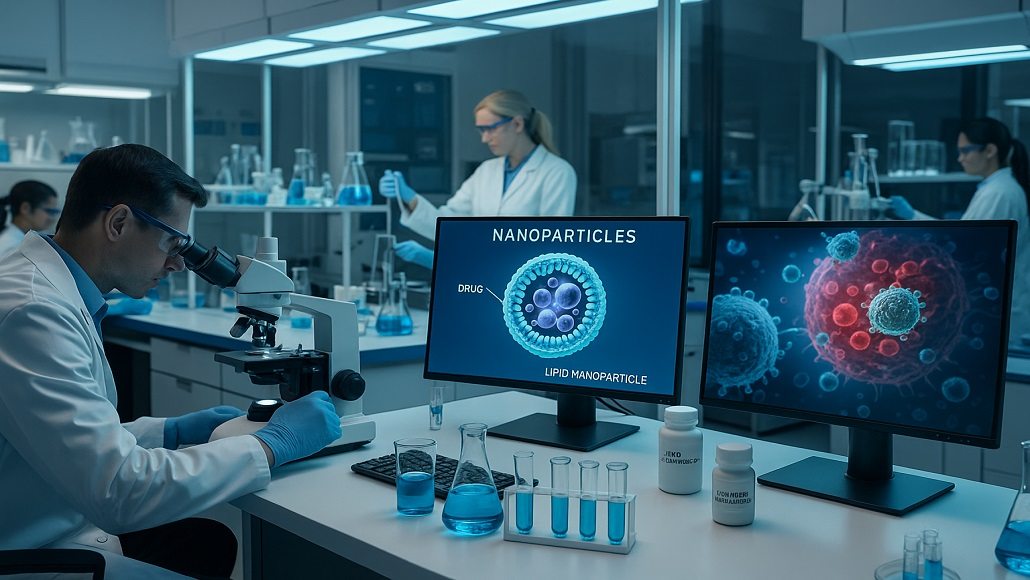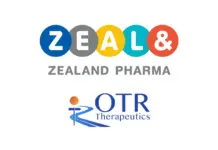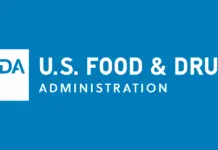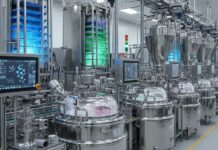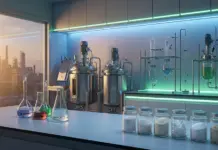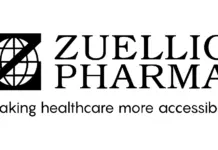The landscape of medicine is ever-changing, and progress is obvious in developing treatments for ultra-rare disorders. Ultra-rare disorders are characterised as infrequently recognised conditions that often affect fewer than five people worldwide. Ultra-rare disorders have low prevalence, limited knowledge, and many complexities that impede knowing how the drug development framework and processes to deliver treatments are successful. But the advent of recent years in molecular biology, pharmacology, and drug delivery systems are driving a fresh wave of therapies, most especially the introduction of oral small-molecule drugs specifically designed for such ultra-rare diseases.
The appeal of small molecules—low-weight molecular compounds with the ability to modulate a particular biological pathway—resides in their ease, oral bioavailability, and potential for lower manufacturing costs. Their development creates distinct opportunities and challenges, specifically focused on precision targeting, safety, and imaginative clinical trial designs. Regulatory agencies are modifying drug development protocols to facilitate the development of orphan drugs. In the next decade, arguably the treatment of ultra-rare diseases may shift dramatically.
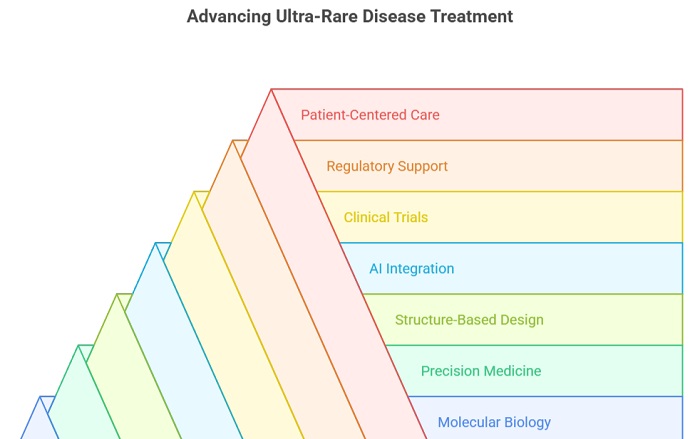
The Scientific Landscape of Small-Molecule Innovation
Small molecules have been the cornerstone of pharmacotherapy for decades, providing targeted interventions for numerous diseases. The challenge of ultra-rare disorder is designing molecules that specifically modulate precise genetic or metabolic pathways implicated in the disorder, with little understanding of the disease mechanisms.
Recent developments in systems biology and genomics have accelerated the identification of molecular targets. Precision medicine approaches, through high-throughput sequencing, allow for the delineation of pathogenic pathways even when insufficient large patient groups are available. Small molecules designed to inhibit or activate specific enzymes, transporters, or receptors are increasingly being adapted to these pathways, allowing a degree of specificity unachievable in the past.
One significant new application of structure-based drug design is the ability that scientists have developed to design molecules to fit exactly into active sites of disease-associated proteins. This technique minimises off-target activity and enhances therapeutic windows, critical factors in the context of working with small patient groups. The integration of artificial intelligence (AI) and machine learning presents an added efficiency in speeding up the discovery process, forecasting drug-target interactions, and optimising molecular properties with remarkable speed and accuracy.
In addition, the development of prodrugs—compounds administered in an inactive state but metabolised as active agents in the body—has diversified means of targeting tissues with defined enzymatic profiles. This improves bioavailability, lowers toxicity, and enables differential pharmacokinetics appropriate for ultra-rare disorders.
Clinical Advances and Promising Candidates
Over the past decade, the landscape of therapeutic development for small-molecule drugs for ultra-rare disorders has witnessed a significant change because of advances in molecular biology, medicinal chemistry, and innovative clinical trial designs. The arrival of oral small-molecule drugs represents a watershed moment with a low potential for patient access, comfort, and affordability, but also the goal of improving the quality of life for people with such severely debilitating diseases.
One of the greatest challenges for ultra-rare disorders has been the development of targeted therapies given the small patient population, complex disease mechanisms, and often a lack of a strong natural history. Despite these advances, recent clinical breakthroughs have demonstrated that it is possible to develop medicines that modulate disease pathways, restore enzyme function, and/or alleviate genetic deficiencies, often through stellar precision molecular modulation.
The past few years have seen many small-molecule candidates then developed into clinical trials or receive market approval—signalling a new era of hope. These medicines from small molecules generally target metabolic imbalances, receptor pathways, or specific enzymatic defects associated with ultra-rare diseases, often oral formulations allowing patients the highest degree of convenience and adherence.
Key Examples of Promising Small-Molecule Drugs
Pharmacological chaperones have been developed – small molecules that stabilise misfolded enzyme forms to help them reach their active sites and restore function. For instance, in certain lysosomal storage disorders, including Gaucher disease type 1 and other diseases of the same category, oral chaperones are currently being tested to increase residual enzyme activity. These molecules tend to be well tolerated and can be taken at home, minimising the necessity of invasive or hospital-based therapies.
In the realm of genetic metabolic disorders, molecules that have the ability to regulate the action of enzymes or transporters have been very promising. For example, in rare urea cycle disorders, small molecules that allow for alternative routes of ammonia detoxification are being studied clinically in order to decrease the hyperammonemia episodes that can be life-threatening.
Another promising area is drugs to target specific signaling pathways or receptor systems involved in ultra-rare neurological and neurodegenerative diseases. For example, small molecules that modulate ion channels or neuroprotective mechanisms have exhibited enticing safety and efficacy signals in early-phase trials, offering new therapeutic avenues to an area once considered untreatable.
Innovative Mechanisms and Technologies
Recent advances are also reflected in the advent of allosteric modulators—small molecules that bind to sites other than the active site of a target protein, which promises to have high selectivity with fewer side effects. Such agents prove to be highly useful for ultra-rare disorders where traditional enzyme inhibition or activation strategies can pose serious risks.
Additionally, the integration of structure-based drug design, made possible by high-resolution molecular models and artificial intelligence, has sped up the identification of highly specific small molecules, both expediting and lowering the cost of bringing new therapies from bench to bedside. These technologies facilitate the identification of molecules which could modulate disease-relevant pathways as easily and precisely as never before.
Clinical Trials and Regulatory Support
The clinical development of such promising candidates can benefit from the adaptive trial design considerations relevant to ultra-rare diseases. Basket trials, n-of-1 studies, and other innovative methodologies allow researchers to assess efficacy in small populations, often employing biomarkers or surrogate endpoints to show therapeutic benefit.
Regulatory authorities globally have put in place measures to support these efforts, including expedited review pathways, orphan drug designations, and real-world evidence collection, all of which allow for quicker access to promising treatments.
Future Perspectives and Challenges
Despite the promising progress, several challenges remain in developing oral small-molecule drugs for ultra-rare disorders. Less number of patients renders conventional large-scale clinical trials impossible, forcing the industry to embrace new, adaptable trial designs. Ensuring safety and efficacy in very small cohorts demands careful regulatory supervision and innovative statistical methods.
Manufacturing stability, drug delivery, and formulation optimisation are equally important, particularly for molecules that must be tissue-specific targeting or have complex pharmacokinetic profiles. Addressing likely off-target effects and long-term safety issues remains important, particularly with the lifetime treatment requirements of certain patients.
On the horizon are new technologies like gene editing, RNA therapeutics, and nanomedicine that will complement small-molecule approaches, opening up the therapeutic landscape to ultra-rare disorders. The new technologies could enable combination treatments aimed at multiple pathogenic pathways at the same time.
As digital health technologies, such as wearables and telemedicine, come together, it will also optimise patient monitoring and compliance, leading to optimal therapeutic effects. With the maturation of the field from niche to standard practice, we will see a patient-centred framework that centres on quality of life, access, and personalising care lead the innovation in next-generation therapies.
Conclusion
The development of emerging oral small-molecule drugs for ultra-rare disorders represents a critical turning point in precision medicine. These advances are leveraging gains in molecular biology, drug discovery, and regulatory science to bring effective, targeted, and affordable treatments to some of the most fragile patient populations.
Despite the issues, technological innovation, regulatory support, and combined effort give us the opportunity to create a world in which ultra-rare diseases are not neglected. Rather, they will demonstrate the promise of medical innovation and healing through kindness—a world where hope for impactful therapy and improved quality of life exists for everyone, regardless of how unique their disease may be.





